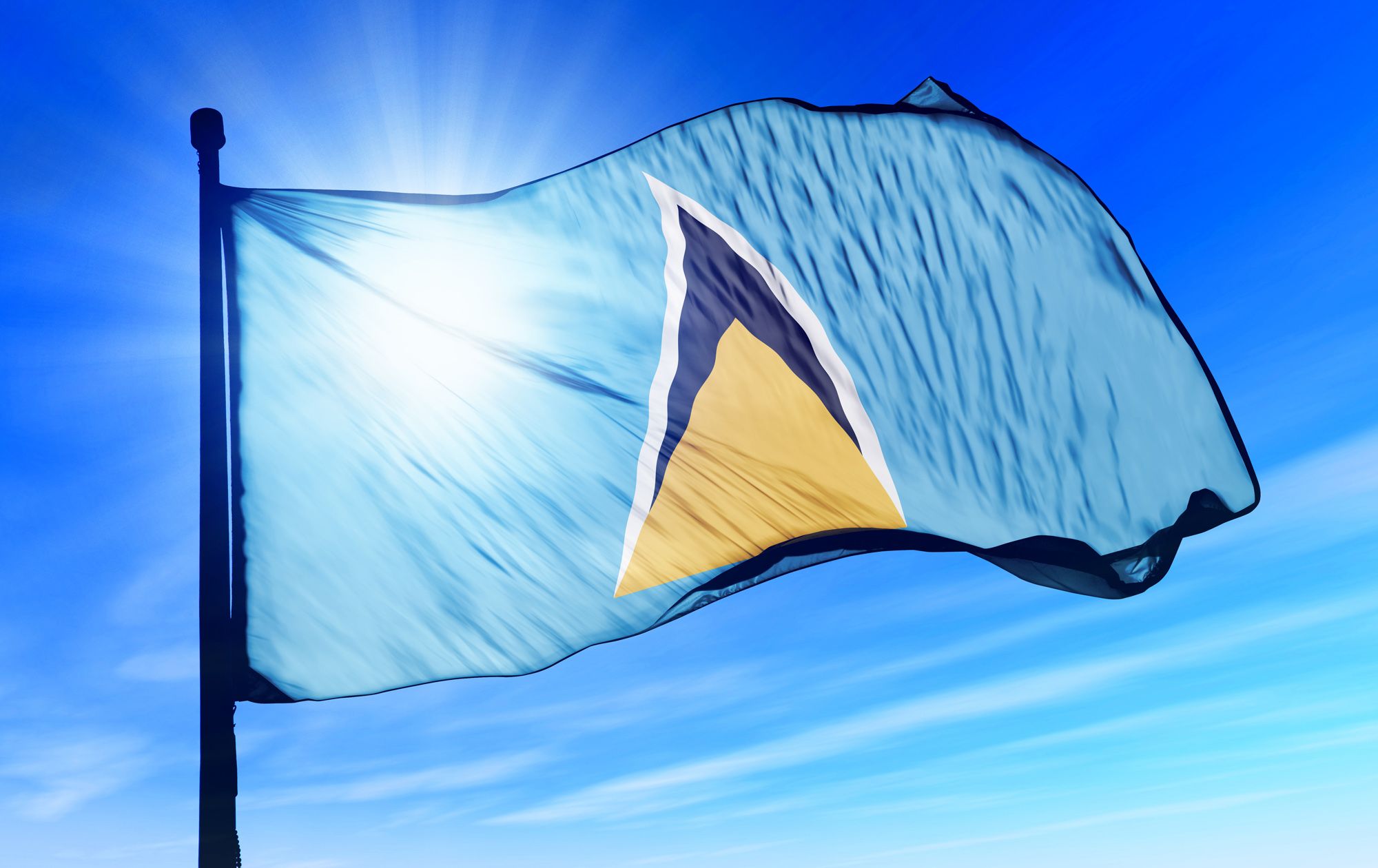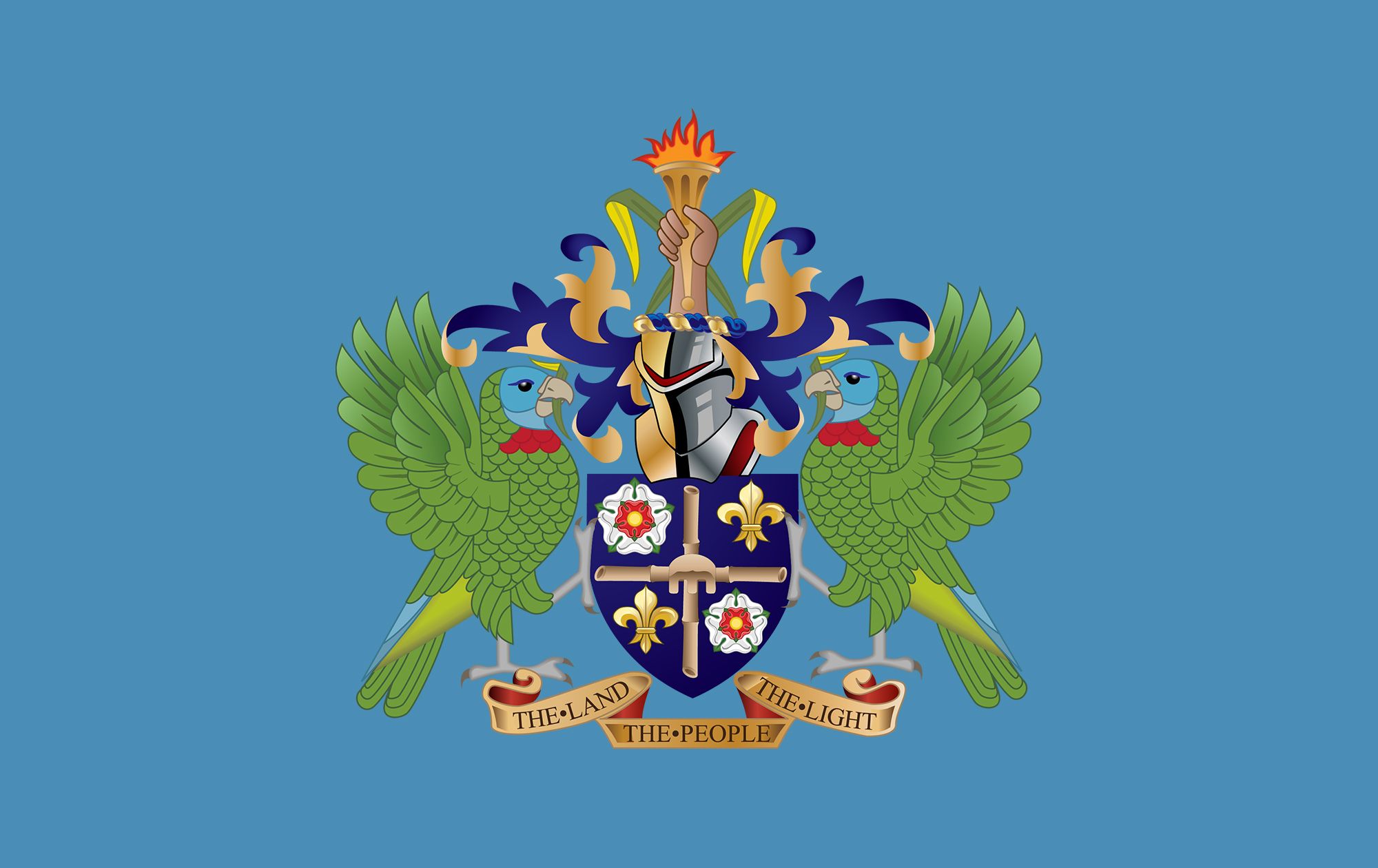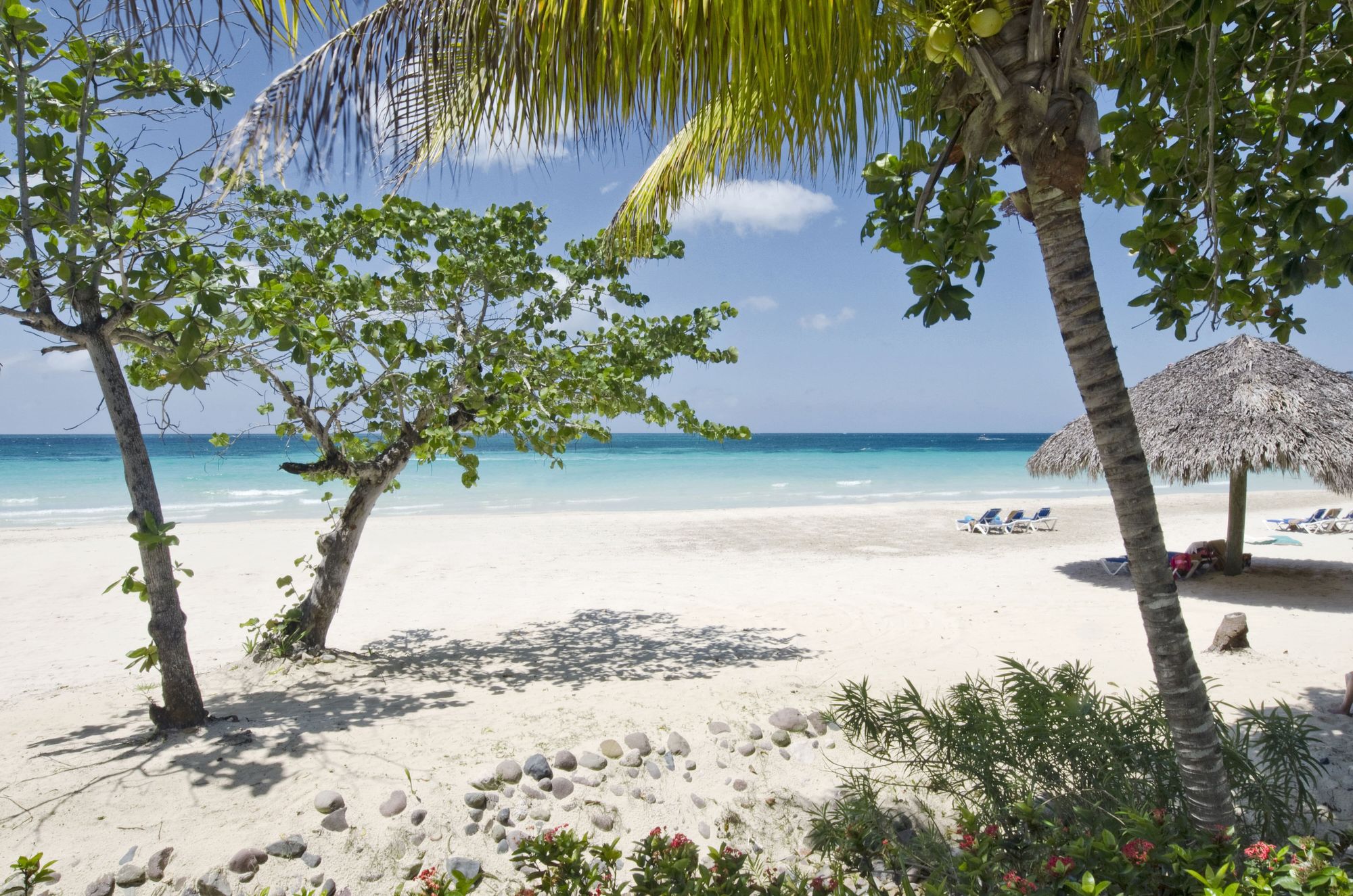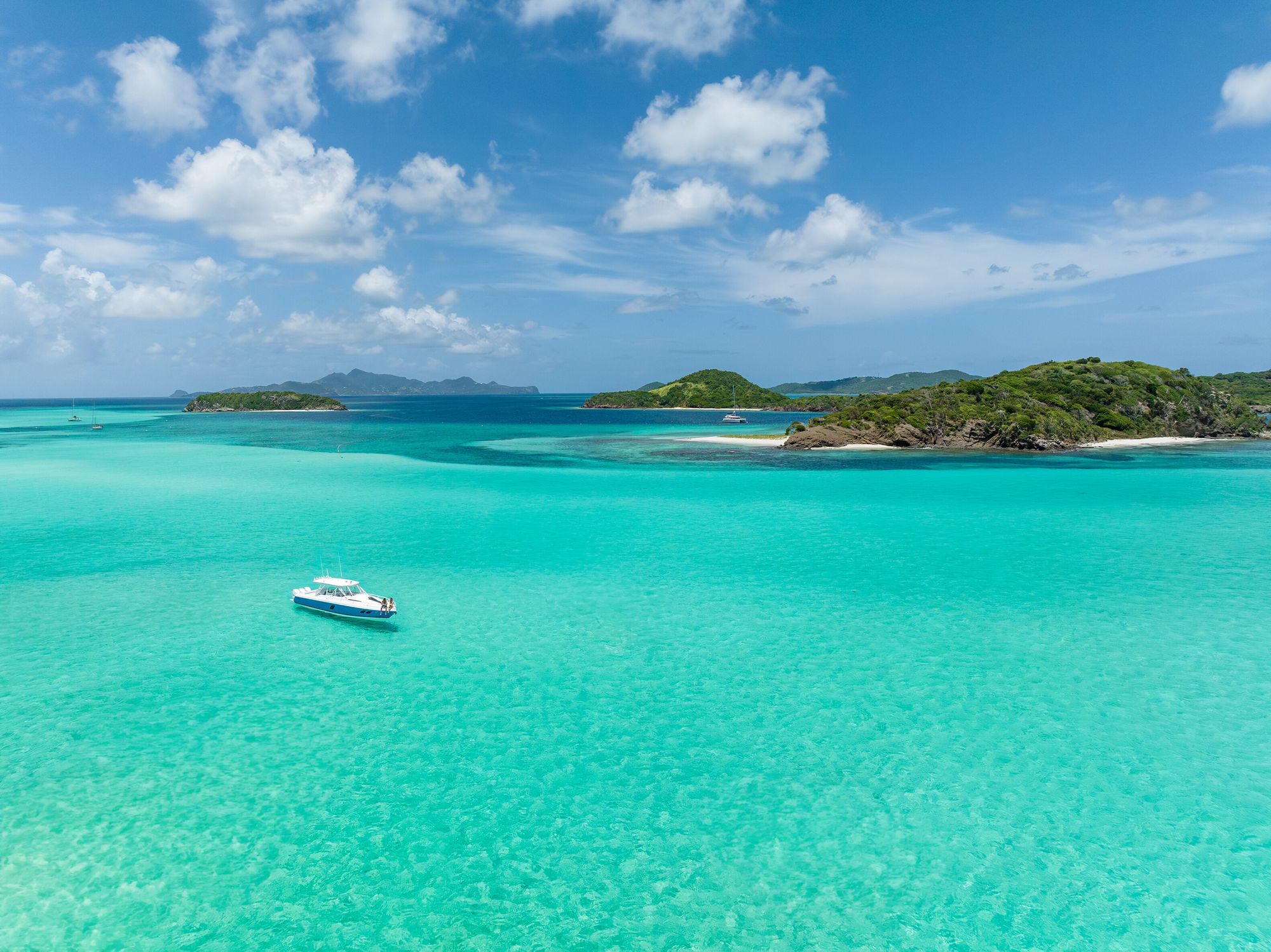Flag Of Saint Lucia Explained: History & Symbolism
Known as the ‘Helen of the West’, the island of Saint Lucia is in many ways incomparable. For one thing, it is the only place in the world where you can find attractions like a drive-in volcano and the awe-inspiring UNESCO World Heritage Site ‘The Pitons’ which are volcanic cones set in the south of the island.
Expert tip: Stay at one of the three Sandals all-inclusive resorts in Saint Lucia and get access to all of them. This includes unlimited food and (alcoholic) drinks at 27 restaurants, two golf courses, and free transportation in between the resorts. It’s like three vacations in one!
Apart from its obvious natural beauty, there are several more things that stand out about Saint Lucia including the island’s flag and related symbolism. Here’s what makes Saint Lucia’s flag special and truly historic:
Saint Lucia’s national flag: a brief history
Saint Lucia has a very distinct yet simple flag, which is much akin with the culture and personality of this Caribbean island. Saint Lucia’s flag is predominantly a cerulean blue color with a yellow triangle and a black isosceles triangle outlined in white in the center. It was created by a local artist known as Dunstan St. Omer in 1967. Now, for much of its history Saint Lucia did not have a flag. This was an island that was fought over for several decades by the British and French, finally gaining independence in 1979. When this island’s flag was finally developed, it really did mark the beginning of a whole new era for Saint Lucia.
The history of the Saint Lucian national flag

The Saint Lucian flag has quite an interesting history.
It has only been around for about 54 years, which makes it relatively young in flag years. For comparison: the oldest flag in the world is that of Denmark, which dates back as far as 1219.
In terms of the flag of Saint Lucia, this island symbol was ushered in just after the island shifted from the status of British Colony to that of a state in free association with the United Kingdom. This was in the year 1967, and this transition was made with Saint Lucia still being a part of the West Indies Associated States.
Full independence didn’t happen for Saint Lucia until years later, in 1979, under the leadership of prime minister of that time Sir John Compton. The island was free in all sense of the word after a brutal war history, but the decision was made also to remain under the British Commonwealth.
Symbolism in the flag of Saint Lucia
Like many other flags in the world, the colors and symbols of the Saint Lucian flag have meanings that are much deeper than meets the eye.
For starters, the cerulean blue background of the Saint Lucian flag represents the sky and sea, both of which add to the pristine beauty of this island. Notably, both the Caribbean Sea and the Atlantic Ocean surround the Caribbean, with the Caribbean Sea being along the western coast of the island, and the Atlantic Ocean on the opposite side.
The distinct yellow triangle in the center of the flag represents sunshine and prosperity. Considering the flag was conceptualized in 1967, this description seems to be a prediction of sorts of what was to be for the island in years to come — Saint Lucia is today not only one of the sunniest, but among the most popular tourism destinations in the world. So popular is this island that tourism is its number one industry, overtaking bananas and sugar cane which sustained the island in decades past.
The yellow triangle in combination with the black triangle also represent the island’s famous twin peaks, Gros Piton and Petit Piton in the south of the island which goes to show that even in its simplicity the creator of this island’s flag placed every detail on there with absolute intention. The Pitons are today national landmarks in Saint Lucia.
The final detail around the black triangle is the white outline which is symbolic for racial harmony and unity.
Historical Flags Of Saint Lucia
Colonial flags

Saint Lucia did not have its own colonial flag until 1939. This was long before the island gained independence and it was bestowed by the United Kingdom in the form of a coat of arms.
The coat of arms was the only real colonial flag for this island. It was used to represent the island on the British Blue Ensign which is a flag used by territories who either are or were formally in association with the United Kingdom. This coat of arms had a black shield and featured gold roses for England and fleurs-de-lis for France. Pieces of bamboo in the shape of a cross separated these elements.
Today, Saint Lucia has a new coat of arms. Designed by Sydney Bagshaw in 1967, the island’s existing coat of arms has very distinct features including a blue shield adaptation from the previous coat of arms, a stool, a hand holding a lit torch, and two green parrots with wings outstretched.
All of these components are strategically placed above the island’s motto, ‘The Land, The People, The Light.’
First national flag of Saint Lucia
Independence for Saint Lucia meant many things needed to be put in order, including the development of an island flag. Saint Lucia’s flag was adopted on the day of independence for this island, on March 1, 1967. The island was from that point onward referred to as an associated state.
Full independence happened in 1979, at which point the original flag design changed slightly. The same design by Dunstan St. Omer would remain on the new flag with slight modifications including the size of the triangles and the shade of blue highlighted. It would seem those changes were mostly for aesthetic reasons as everything relating to the flag’s original symbolism remained, even to this day.
See and learn more about Saint Lucia yourself
Saint Lucia is a gorgeous island all around and it is a great introduction to the Caribbean for travellers who may not have been to this part of the world before.
The best time to visit Saint Lucia in the West Indies is generally between the months of mid-December to mid-April which is considered high season. Overall, no matter when you go you’ll be able to enjoy the warm temperature, amazing beaches, exciting tours, great accommodation including some amazing all-inclusive resorts, and everything you would expect from a truly tropical island getaway.



